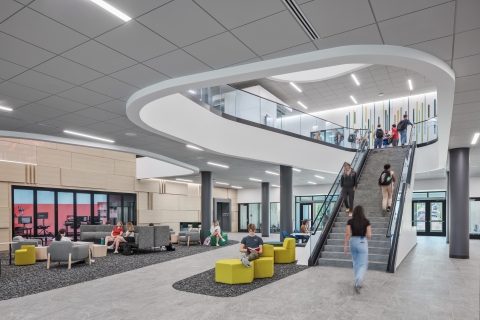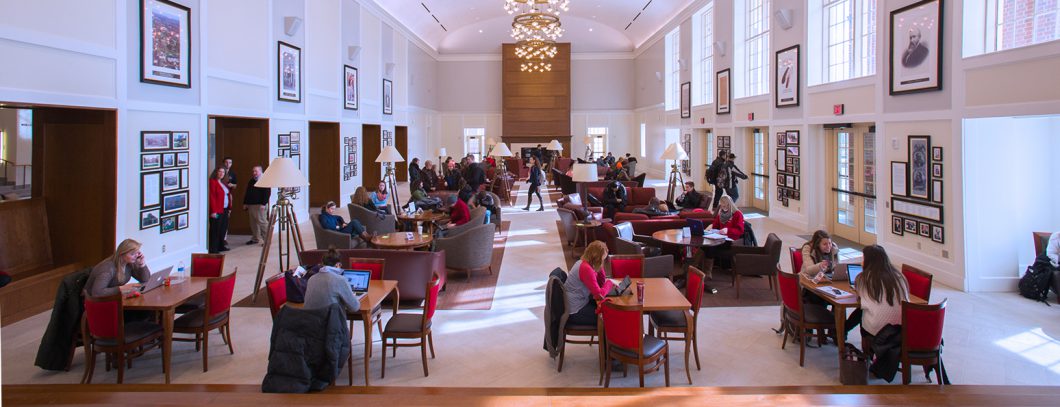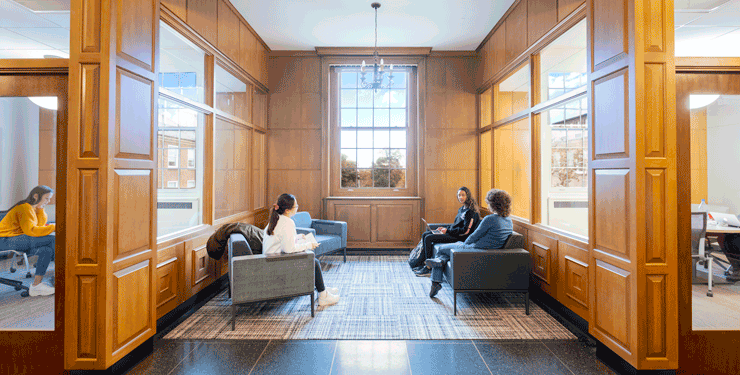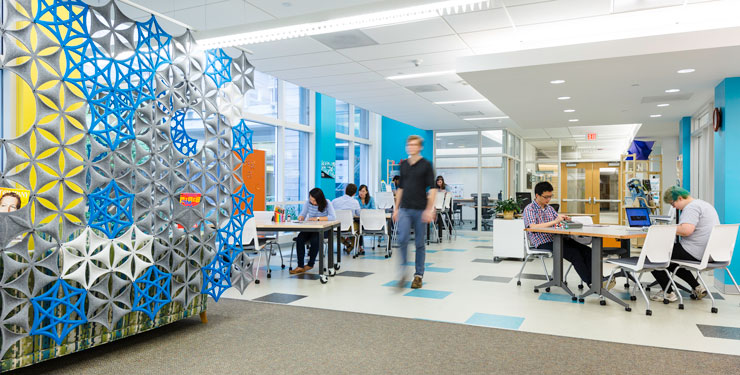
ALADN Library Conference – An Architect’s Perspective

As an architect involved in the planning and designing of academic libraries over the past three decades, I recently attended my first ALADN Library conference at Louisville, KY to hear development experts share their unique stories and strategies about generating interest and raising funds specifically for the library. I found this to be an inspiring learning forum and would recommend it as must attend for academic leaders who are seriously interested in taking their library to the next level.
I also came away with a more empathic understanding of the challenges facing librarians today. Although the library is still considered by many to be the academic heart of most college campuses, there needs to be a greater commitment by academic leaders to make the library a top academic priority to fund necessary physical transformations that will enable the library to remain relevant to students and faculty and to keep pace with evolving patron needs. This lack of commitment to the library among leadership was confirmed in conversations with several academic administrators who attended the conference.
One of the conference attendees made the point that “Everyone Graduates from the Library”, which in essence means the library is still a fundamental campus resource because it touches every student’s academic experience, regardless of study major. So it makes sense to ensure libraries become top of mind on many campuses. Visit a thriving academic library today, and it’s easy to notice that space dedicated for book stacks requires a much smaller footprint than even a decade ago. These freed up spaces have been repurposed for student services, academic resources, digital information access, study, collaboration and creative spaces that libraries now offer. Students and potential donors are no longer attracted to tired, irrelevant “book bunkers” where the lack of varied study spaces and refreshments, and incompatibility with modern technology make it more difficult for study, research and group projects.
So what are the ALADN takeaways that can be applied from this situation as a library planning strategist? Before programming, planning, and designing can begin, we need to challenge ourselves to consider how future design decisions can positively reinforce the value that the library must offer to those who use it (and to those future donors who will invest in it!). This means developing inspirational and implementable design strategies that reinforce the library’s strategic plan while being compatible with the academic institution’s mission into the future. It’s important to adopt this disciplined approach and compel administrative leadership to invest in the library so it can continue to keep pace with future changes in technology and evolving student needs so inspirational learning, research access, and discovery, and greater collaboration are experienced by all well into the future.
Author
Content Type
Date
June 07, 2019
Market
Practice
Library Planning
Topic
Library Design



